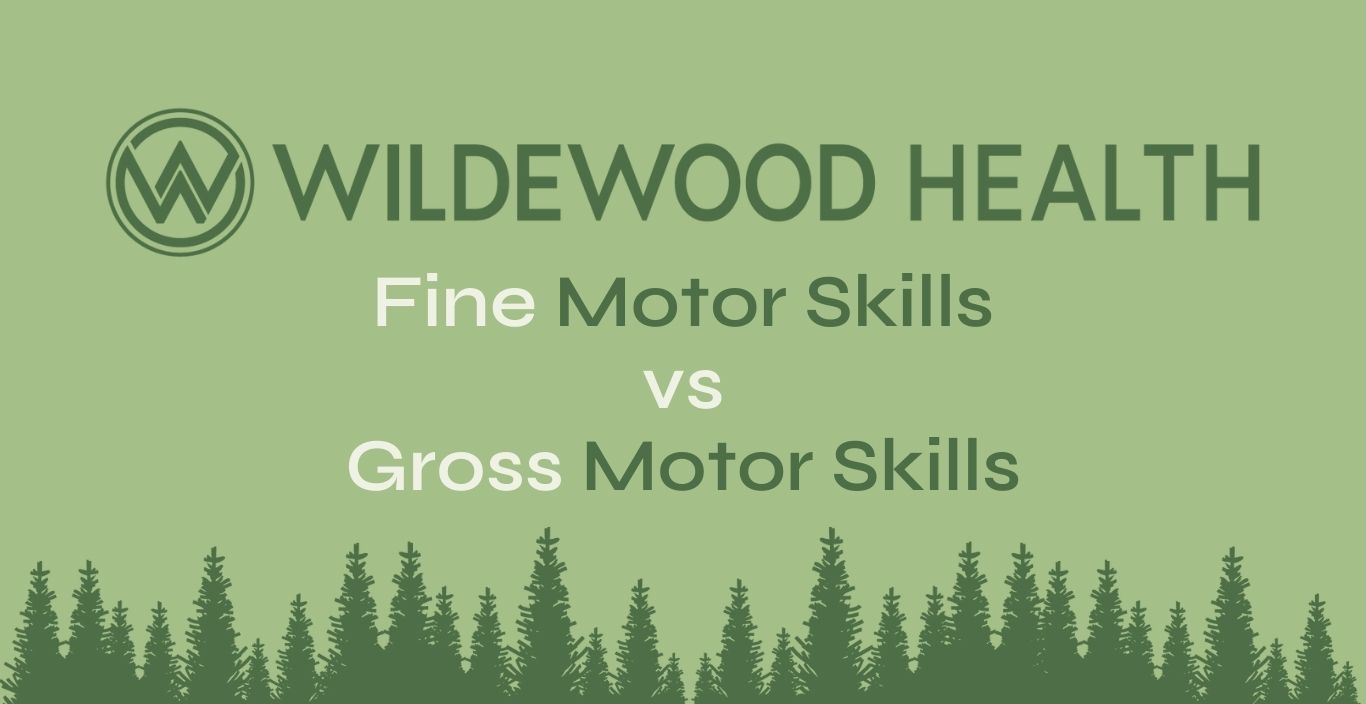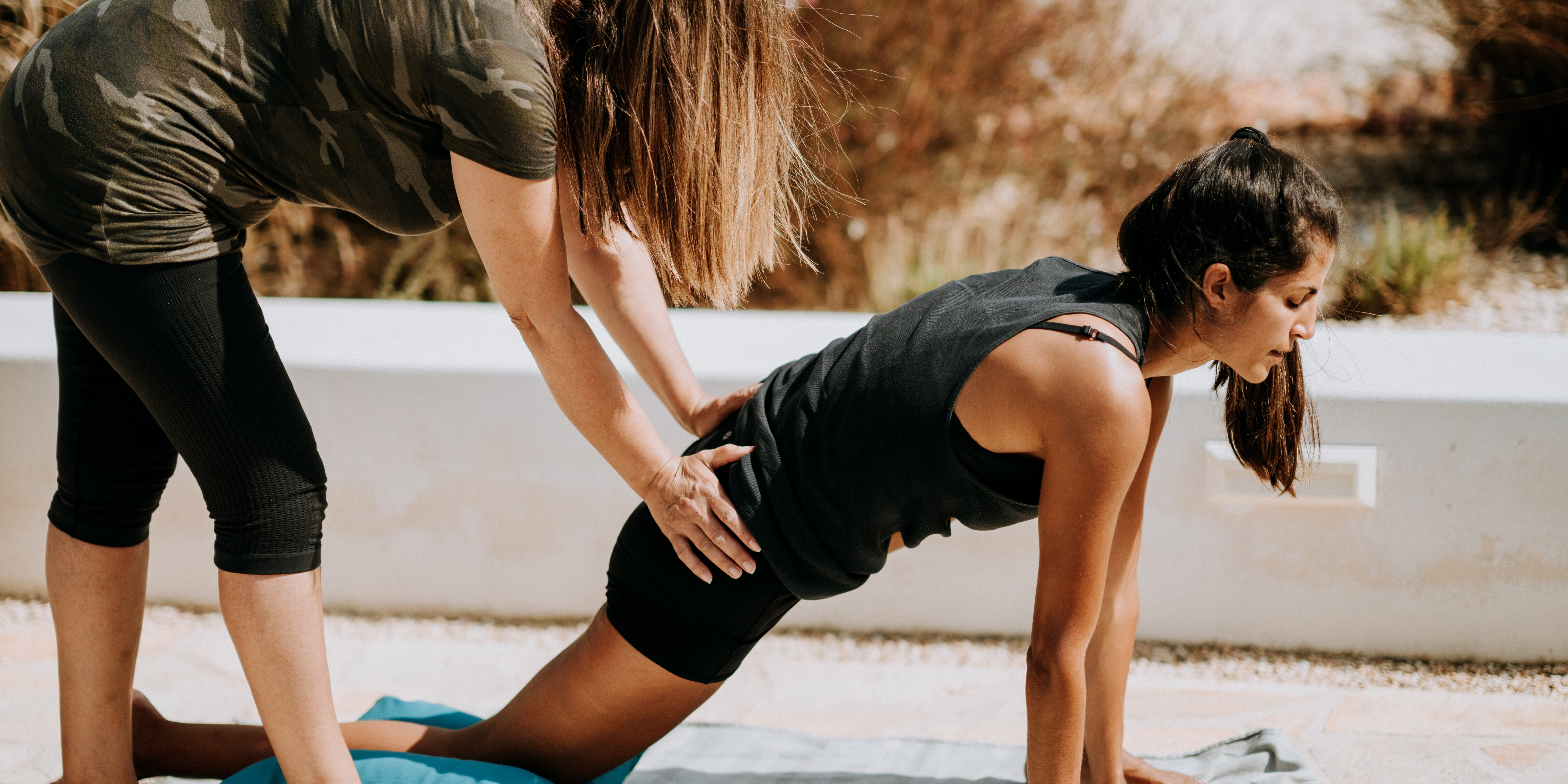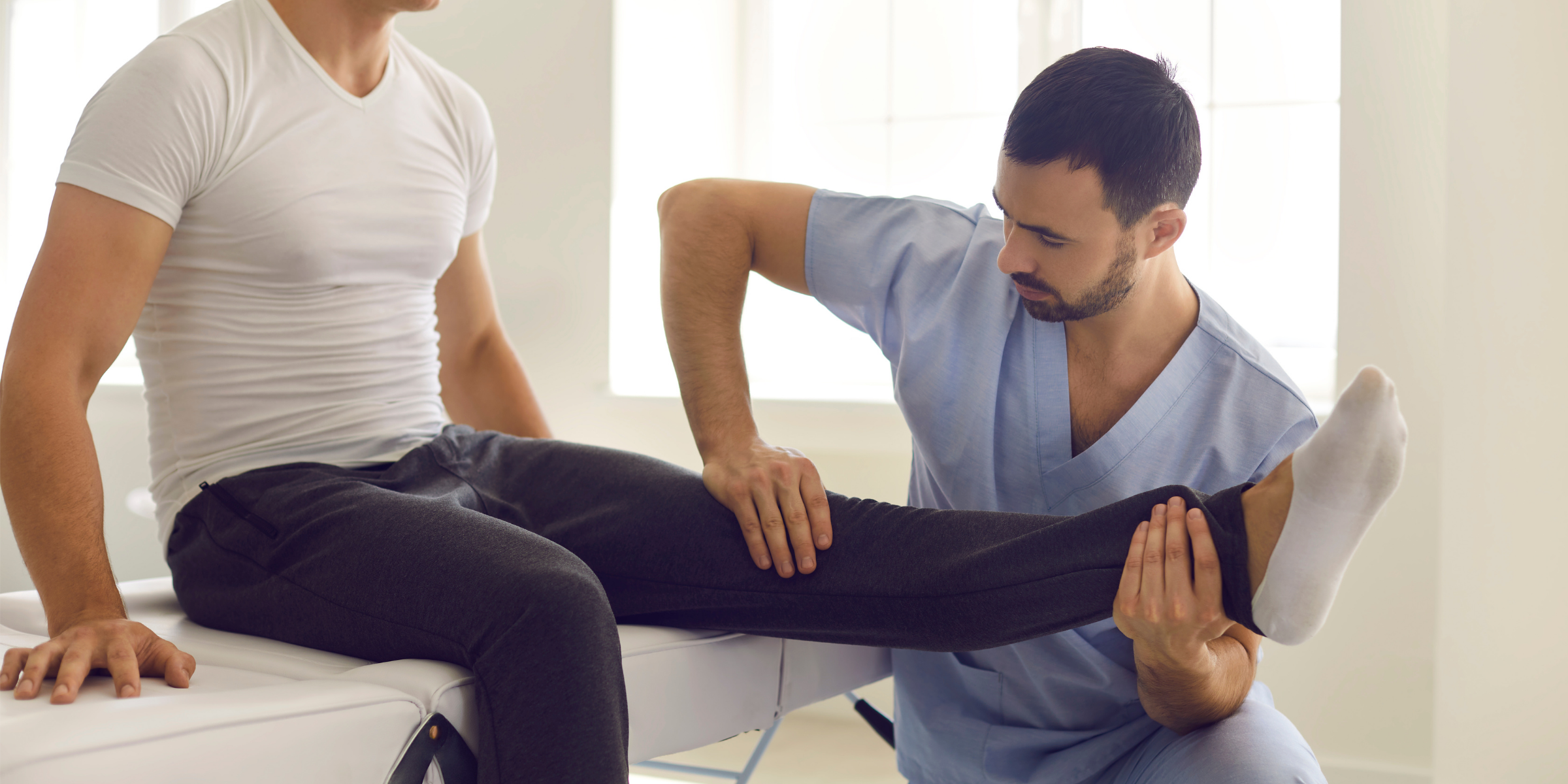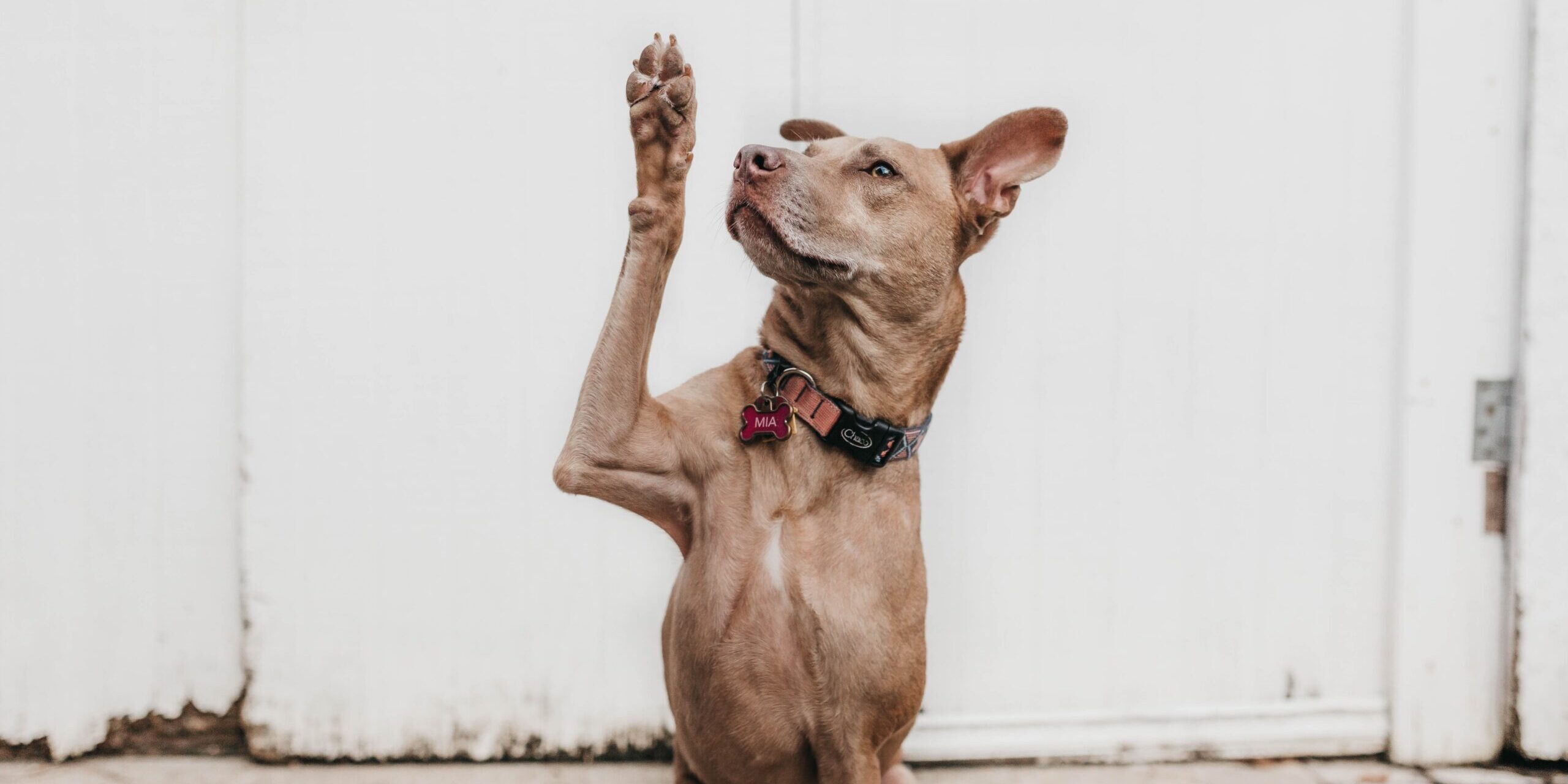In our daily lives, we often take for granted the multitude of skills that enable us to perform tasks and take care of ourselves. These fundamental movement skills are learned as we develop and grow, and they are crucial for engaging in various activities, from playing sports to interacting with friends. Two key categories of these skills are fine motor skills and gross motor skills, each serving distinct purposes and requiring different levels of coordination and control.
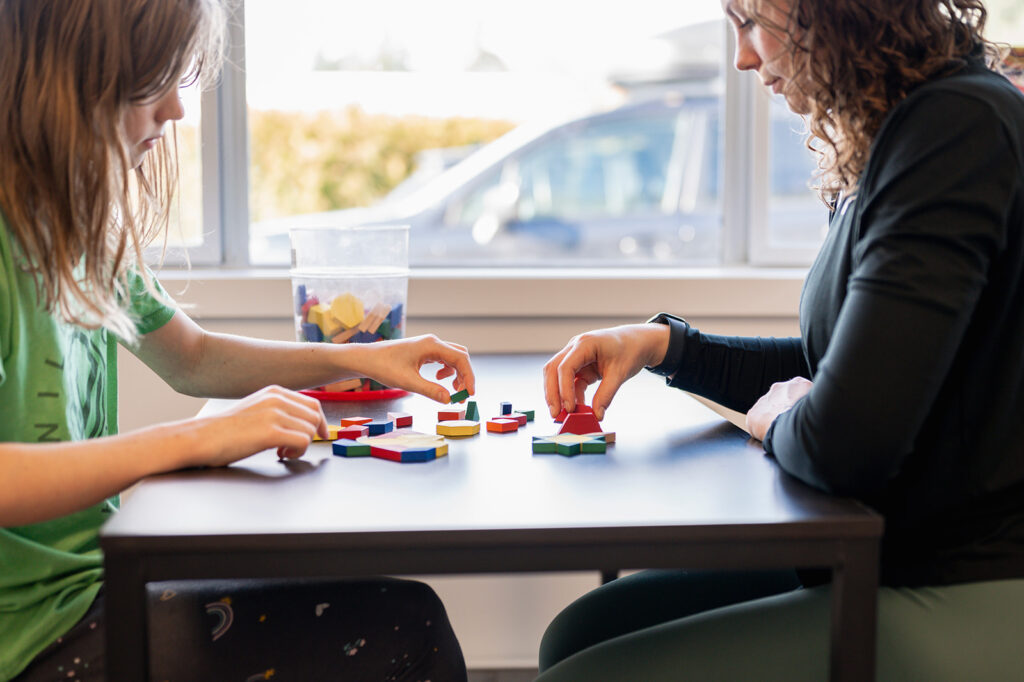
Fine Motor Skills
Fine motor skills involve the use of small muscles in the hands and fingers to perform precise movements. These skills are essential for tasks such as writing, cutting with scissors, using utensils for eating, brushing teeth, and tying shoes. As children grow, they develop more complex fine motor skills, such as sewing, playing an instrument, building with Lego, cooking, and typing on a keyboard. Visual motor skills, which involve hand-eye coordination, are also part of fine motor development.
Examples of underdeveloped fine motor skills:
- Difficulty holding a pencil with proper grip
- Difficulty feeding self by using utensils
- Low hand grip strength
- Unable to tie shoelaces
- Difficulty dressing self, including buttons and zippers
- Difficulty typing on a keyboard
Gross Motor Skills
Gross motor skills, on the other hand, involve the use of large muscle groups to perform movements that require strength, coordination, and balance. Examples of gross motor skills include crawling, walking, running, jumping, hopping, skipping, spinning, and swimming. These skills are fundamental for activities such as playing sports, driving a car, working out, and dancing.
Examples of underdeveloped gross motor skills:
- Unusual walking/running gait
- Poor hand eye-coordination
- Difficulty with jumping
- Clumsy and uncoordinated
- Poor balance and stability
- Low muscle tone
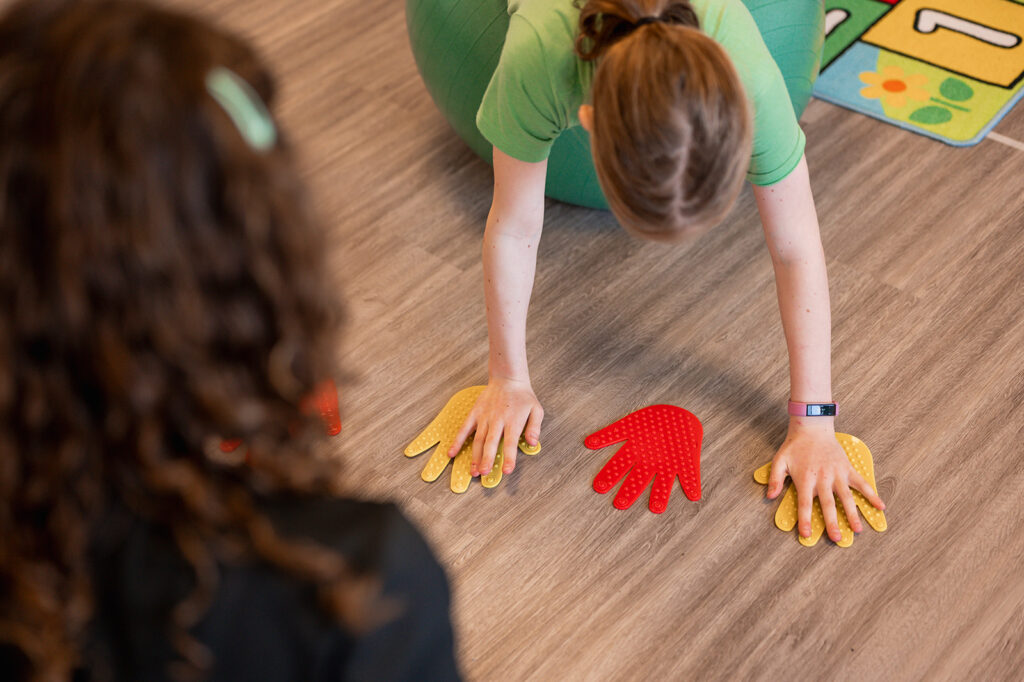
Common Skills We Work On
In pediatric therapy, we often focus on developing specific fine motor and gross motor skills. Some common fine motor skills include pencil grip, pinching, using scissors, threading beads, and manipulating paper. Gross motor skills commonly worked on include jumping, balance, coordination, catching and throwing, and kicking.
A Few of Our Favorite Games to Practice These Skills:
To make therapy engaging and enjoyable, we incorporate various games and activities that target both fine motor and gross motor skills. Some of our favorites include making bracelets, painting rocks, playing tic-tac-toe with tweezers, Connect 4, Hangman, Play-Doh, and puzzles.
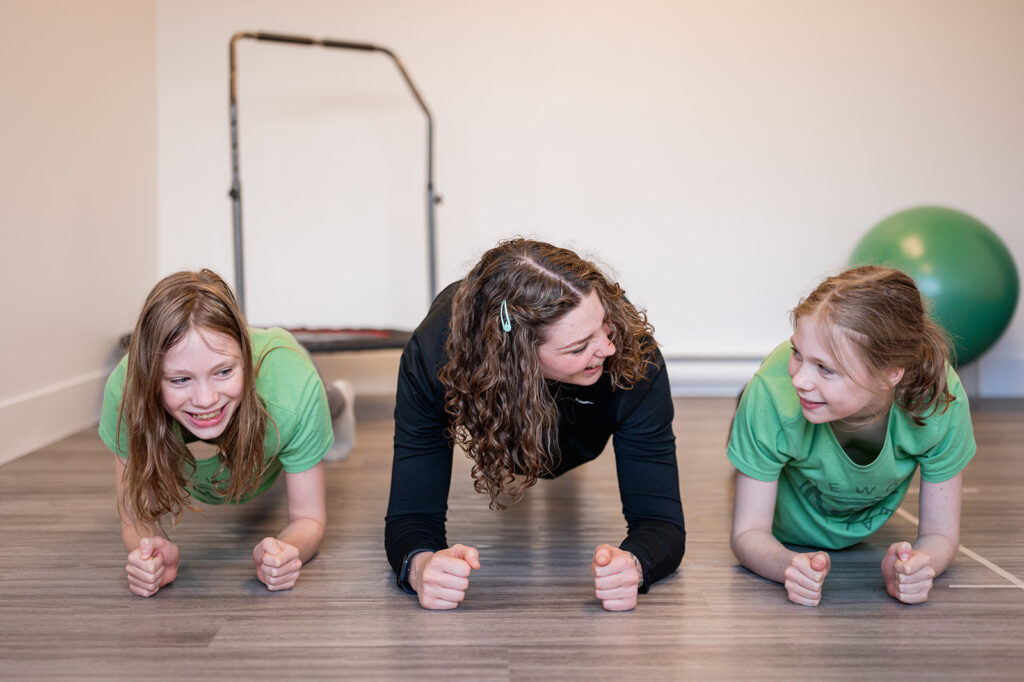
Does Your Child Need Assistance Developing Fine Motor or Gross Motor Skills?
If your child is struggling with fine motor or gross motor skills, we are here to help. Our pediatric therapy services are designed to support children in developing these essential skills, enabling them to thrive in their daily activities and interactions. Give us a call today to learn more about how we can assist your child in reaching their full potential.
Frequently Asked Questions
Fine Motor Skills:
- Q: How do fine motor skills develop in children?
- A: Through repeated and diverse chances to engage in small-world activities, puzzles, arts and crafts, and the use of small tools, with guidance and encouragement from adults, help children to gain skill, mastery, and self-assurance.
- Q: What are some activities that can help improve fine motor skills?
- A: Exploring activities like crafts, musical instruments, messy play, and building blocks will promote the development of fine motor skills.
- Q: What are the signs of delayed fine motor skills?
- A: A few signs of delayed fine motor skills include hands fatiguing quickly, messy printing, difficulty using utensils, difficulty with hygiene tasks (brushing teeth, washing hands, dressing self) and poor hand-eye coordination.
- Q: How can I help my child develop their fine motor skills?
- A: A great way to help your kiddo start developing fine motor skills is to encourage opportunities to try new and different activities they may enjoy. Present new opportunities in a positive and safe setting so see what they gravitate to.
- Q: What are some fine motor skills milestones for different age groups?
- A:
Age 1-2: turn the page of a book, turn a knob, feed self
Age 3-4: Copy circle, use scissors, use non-dominant hand to assist
Age 4-5: Write name, write numbers, dress self
Age 5-6: Use tripod pencil grip, copy shapes, paste and glue
Age 6-7: tie shoelaces, draw basic pictures, write consistently on the lines
- Q: What are some strategies for teaching fine motor skills to children with special needs?
- A: Find an activity or topic they are interested in and adjust your expectations! Kids often need to be personally motivated to focus and engage in tasks. If learning can be structured around something that interests them, they will be more likely to retain and understand the information. An example of this is being Superheroes! Many gross motor activities can be adapted into an adventure game. A common activity used at Wildewood Health is pretending to be a superhero going back and forth across the balance obstacle course saving toys by bringing them from one side to the other.
Gross Motor Skills:
- Q: How do gross motor skills develop in children?
- A: By fostering enhanced exposure to diverse opportunities that promote versatile forms of movement across varying environments and with a range of objects, alongside the guidance, encouragement, and support of parents, individuals can develop proficiency in utilizing their bodies for multifaceted purposes. This includes activities like running, jumping, engaging in games and sports, all aimed at fostering enjoyment and inclusion within school settings among peers.
- Q: What are some activities that can help improve gross motor skills?
- A: Exploring different sports and leisure opportunities in the community is a great way to practice a variety of gross motor skills. Finding a balance between structured and unstructured activities provides a fun and engaging way to challenge and develop physical abilities. A few examples include swimming, dancing to music, trampoline park, playground visit, beach walk, obstacle course, skating, or bike ride.
- Q: What are the signs of delayed gross motor skills?
- A: Your child may show signs of delayed gross motor skills if they have low muscle tone, difficulty keeping up in P.E., unusual gait while running, clumsy and uncoordinated, or if they cannot successfully complete a task standing up.
- Q: How can I help my child develop their gross motor skills?
- A: A great way to help your child develop gross motor skills is to find an activity they are interested in and explore it further. It is fun to incorporate their favourite movie/TV Show characters into games to promote intrinsic motivation. Silly games like “the floor is lava” are excellent at promoting movement in a fun and exciting way!
- Q: What are some gross motor skills milestones for different age groups?
- A:
Age 1-2: sitting, crawling, walking, pushing an object (like a ball)
Age 2-3: Starting to run, can carry an object while walking, walking up and down steps without support
Age 3-4: peddle a tricycle, walk up/down stairs using reciprocal stepping, jumping with two feet
Age 4-5: standing on one foot, kicking a soccer ball, catching ball using body, jump over an object
Age 5-6: catching ball with hands, skip with skipping rope, walk along balance beam
- Q: What are some common gross motor skills challenges?
- A: A few common gross motor challenges in kids are poor coordination, poor balance, clumsiness, poor spatial awareness and proprioception.
- Q: What are some strategies for teaching gross motor skills to children with diverse needs?
- A: A simple strategy for teaching gross motor skills to children with diverse needs is to break down the skill into the smallest steps. For example, teaching single–leg balance can be challenging as it is a complex skill, but starting with an activity like kicking a balloon, stomping feet, or jumping on a trampoline may encourage the use of their single leg. Building the activity’s intensity gradually will allow the child to fully grasp the movement from a fundamental starting point.


